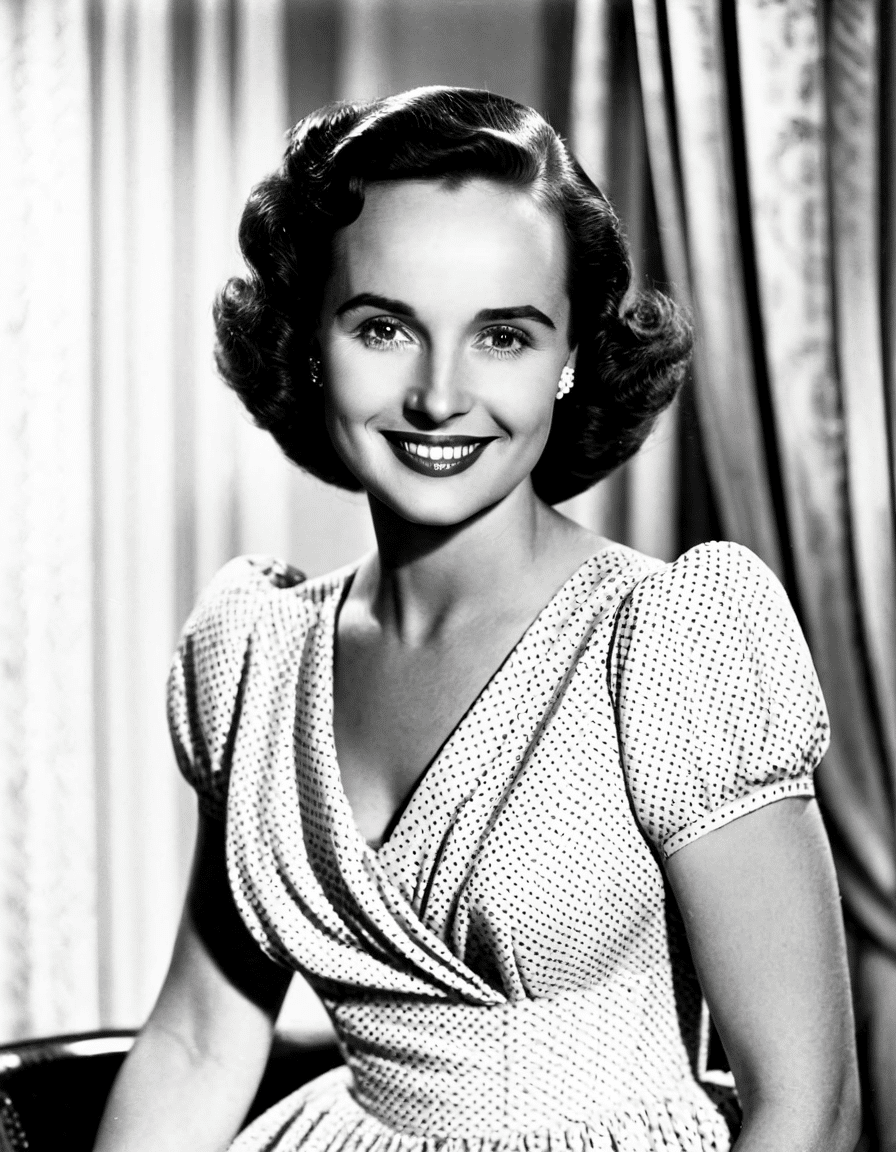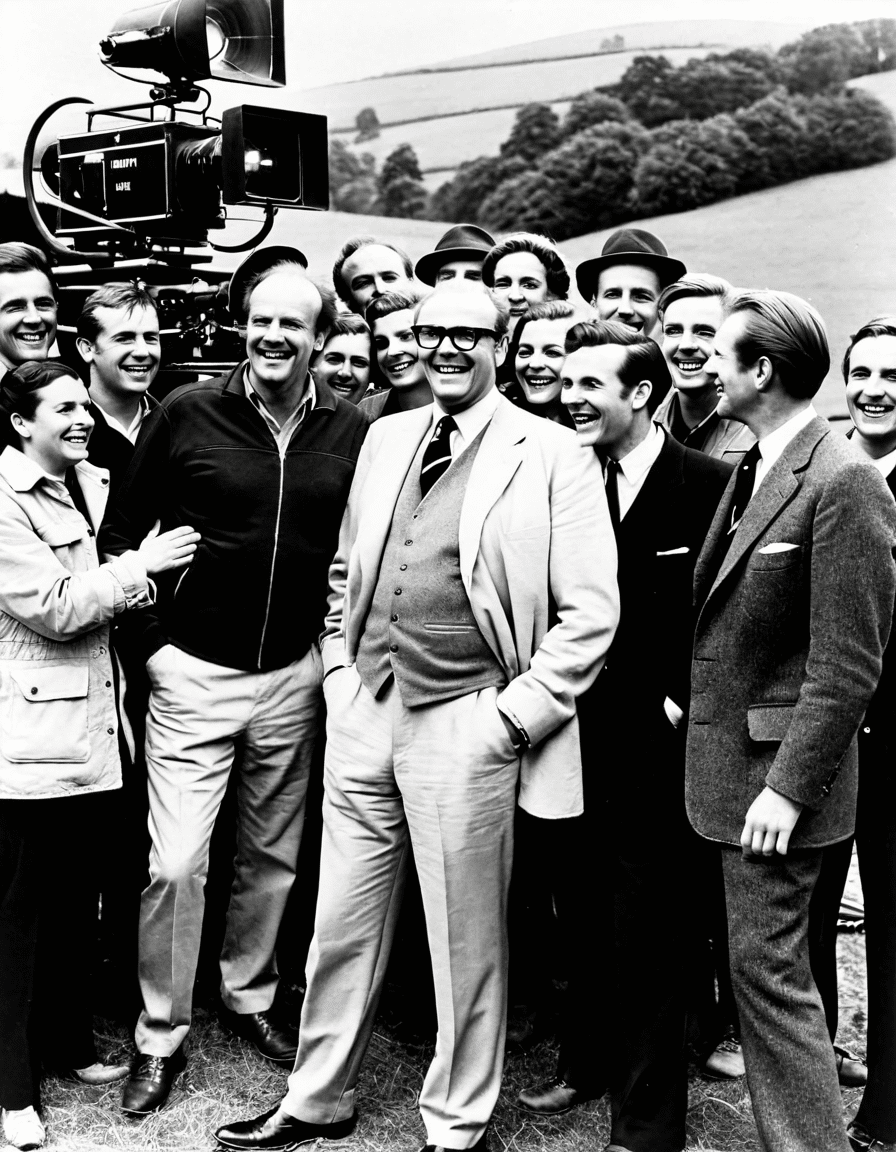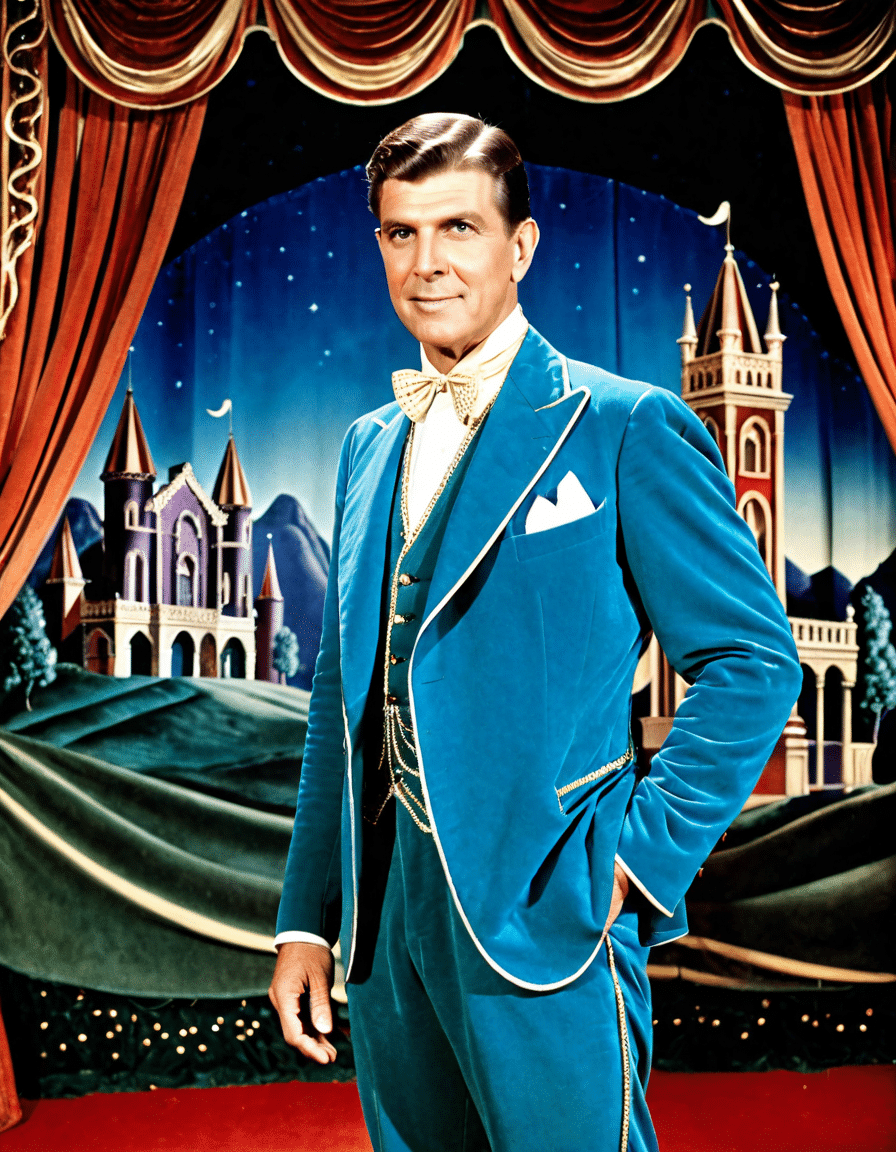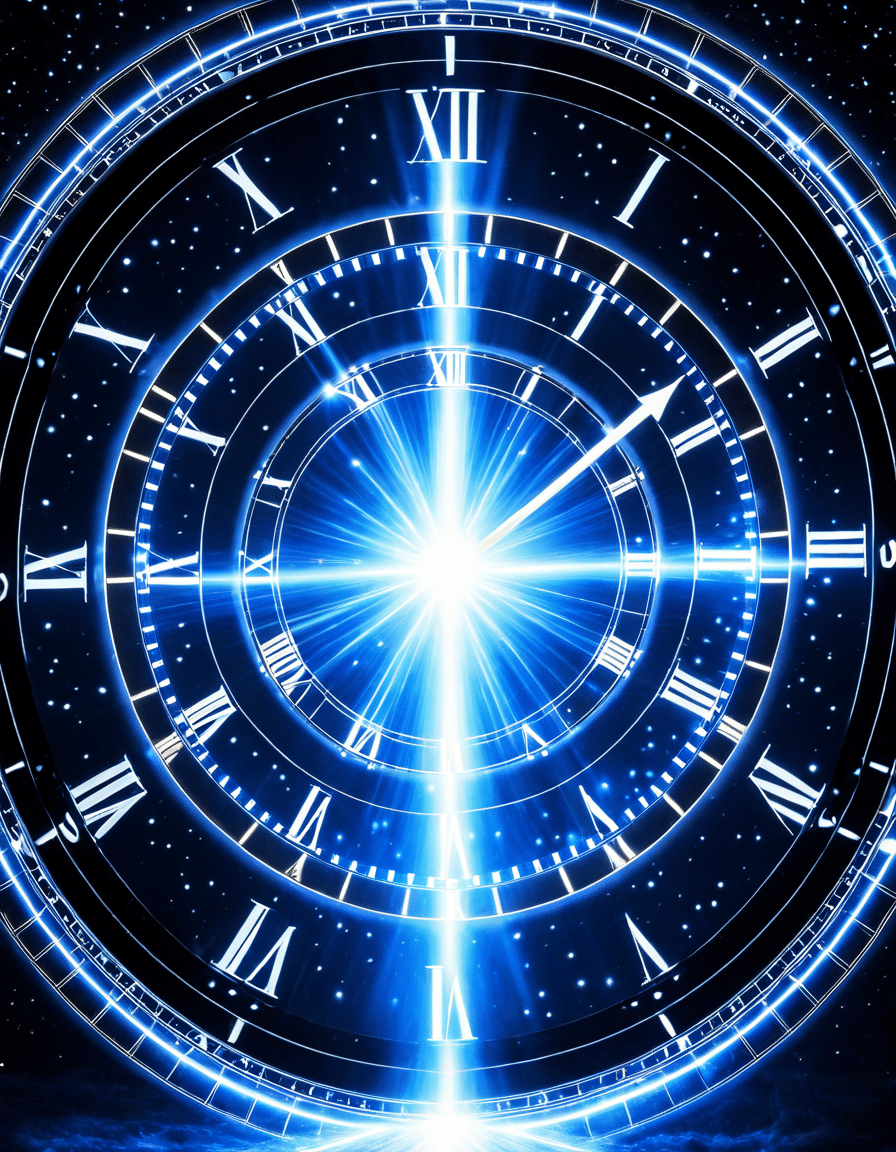The White Rabbit in Alice’s Adventures in Wonderland has become an enduring symbol of curiosity, adventure, and chaos since Lewis Carroll introduced him in 1865. As Alice follows him down the rabbit hole, the White Rabbit embodies the alluring pursuit of knowledge—beckoning us to explore the depths of our imagination. But the rabbit, known for his obsession with punctuality, begs the question: is he just a whimsical character, flustered by time, or does he represent deeper societal constructs, particularly the incessant pressure of time and expectation?
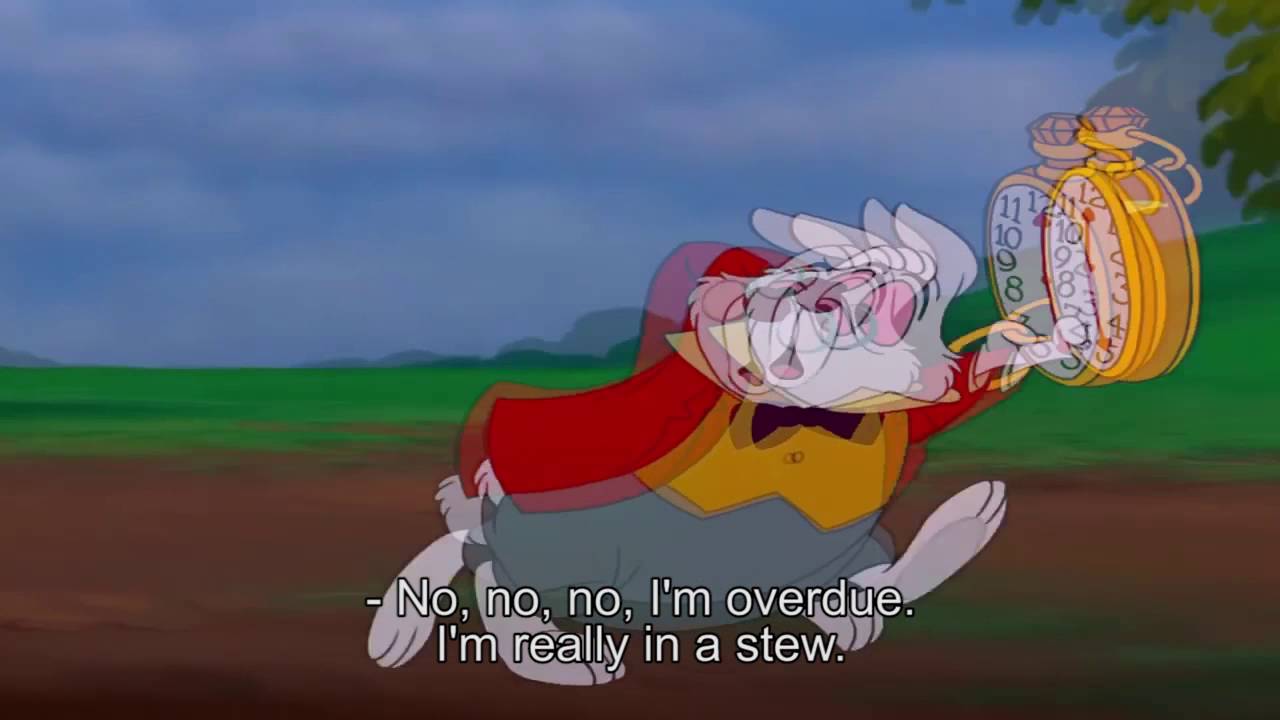
## White Rabbit: Alice in Wonderland – Is He Really Late?
The anxiety-ridden White Rabbit isn’t just late; he’s visibly stressed about it, often muttering, “I’m late! I’m late! For a very important date!” This refrain captures the essence of modern life where we often find ourselves racing against the clock. The White Rabbit represents our internal struggles with the constraints of time. In a society where punctuality often dictates success, it’s a reminder that these constructs can govern our lives in unsettling ways.
Furthermore, his endless worries give insight into the deeper implications of our obligations. Just as the White Rabbit becomes consumed by his duties, many of us also sacrifice personal joy in favor of meeting societal obligations. Movies like The Devil Wears Prada illustrate this tension. There, characters face similar dilemmas—caught between their desires and external pressures.
In connecting to today’s fast-paced world, the White Rabbit resonates with our current anxiety about missing out. With social media platforms like Instagram buzzing with trends, people often feel a constant need to keep up, amplifying the urgency embodied by the Rabbit. Just like him, we’re sometimes caught up in rushing to fulfill expectations, missing the joy of simply being present.

Top 5 Reasons the White Rabbit Is More Than Just a Late Arrival
The White Rabbit’s perpetual worry about being late reflects how societal norms condition us to prioritize time above all else. Brands like Timex and Swatch constantly inspire us to be punctual through their marketing, reinforcing the notion that our lives should adhere to strict schedules. The Rabbit’s antics serve as a case study for how we internalize these pressures, often at the expense of our own happiness.
Beyond his comical anxiety, the White Rabbit stands as a figure of obligation. His urges to keep appointments resonate in today’s workforce, where many feel pressure to choose between their jobs and their personal lives. The struggle between fulfilling duties and finding joy is evident in films like The Devil Wears Prada, illustrating the real-life dilemmas of balancing obligation with enthusiasm for life.
Although he seems frantic, the White Rabbit’s role is pivotal in launching Alice’s adventure. This echoes the journeys of modern adventurers like Bear Grylls and filmmakers like Casey Neistat, who challenge the boundaries of exploration. Their quests serve as contemporary parallels to Alice’s expedition into Wonderland, proving that curiosity is essential for personal growth and transformation.
The White Rabbit’s frantic pace embodies modern-day anxieties, reflecting the experience of FOMO—Fear of Missing Out. With the bombardment of trends and urgent social media updates, many today mirror the Rabbit’s frantic behavior. The pressure to be attentive and to respond quickly can lead to a perpetual chase of what’s next—one that fuels our stress just as it does in Wonderland.
Wonderland is a place where priorities often seem ridiculous, revealing the absurdities of our own lives. Much like characters in The Good Place, who grapple with aligning their morality with societal expectations, the White Rabbit highlights how easily our priorities can skew. This whimsical chaos invites us to reflect on what matters most in our lives beyond the tick-tock of the clock.
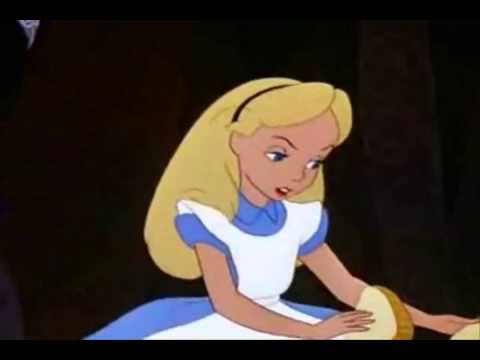
The Queen of Hearts: A Contrast to the White Rabbit
While the White Rabbit embodies anxiety, the Queen of Hearts serves as an archetype of authority and its absurdity. Her infamous decree, “Off with their heads!” starkly contrasts with the Rabbit’s frantic pace, illustrating the consequences of unchecked power. Today’s political climates often mirror her character, showcasing leaders who’ve displayed irrational behavior leading to real-world chaos.
The Queen’s entitlement and disregard for logic offer lessons on the dangers of absolute authority. She embodies the oft-unnecessary cruelty in placing personal whims above all else, urging us to question not just authority figures but the reasoning behind their demands. In contrast, the White Rabbit teaches us about the vulnerabilities that come with following orders, even when they seem nonsensical.
Through the lens of both characters, audiences can see the chaotic interplay of anxiety and power. This juxtaposition not only enriches our understanding of the story but reminds us that decisions are often dictated by authority—whether rational or absurd.

Modern Interpretations and Cultural Impact
The White Rabbit and the Queen of Hearts continue to resonate in our cultural landscape. Recent adaptations, such as Tim Burton’s Alice in Wonderland (2010) and Disney’s more traditional take, have reimagined these characters. They now serve as mirrors to contemporary issues like mental health, societal pressures, and the absurdities of modern life.
Further analysis can be seen in shows like Westworld and films like The Matrix, where characters navigate through layers of reality and authority. These narratives echo Alice’s adventures by encouraging audiences to question everything: their surroundings, choices, and the societal norms shaping their experiences.
With each reinterpretation, the White Rabbit and Queen of Hearts remind us of life’s chaotic aspects, keeping their lessons relevant across generations. As we advance through 2024, these archetypes challenge us to reflect on our own lives and choices amid rapid technological changes.
Layered Lessons from Alice’s Adventures
Ultimately, the encounters with the White Rabbit and the Queen of Hearts provide a rich tapestry of insights into life’s absurdities. They teach us to reflect on how time, power, and our perception of priorities govern our daily experiences. As we confront the pressures of modern society, Alice in Wonderland serves as a poignant reminder that life’s chaos isn’t merely a hindrance but a necessary part of our journeys.
In embracing the lessons offered by Alice’s Adventures, we discover that both the White Rabbit and the Queen of Hearts exemplify vital aspects of our existence. They illustrate the delicate balance between commitment and pleasure, urging us to steer through the madness and find meaning. In doing so, we’re better equipped to navigate our own Wonderland, as hectic as it may seem.
From following a White Rabbit to questioning a Queen of Hearts, audiences find it crucial to recognize that it’s okay if we’re a bit late. What truly matters is how well we traverse our whimsical paths along the way.
White Rabbit Alice in Wonderland: Is He Really Late?
The Whimsical World of the White Rabbit
The White Rabbit from Alice in Wonderland is more than just a charming character; he embodies hurry and anxiety. Most folks remember him exclaiming, “I’m late! I’m late!” But did you know that this iconic line symbolizes the frantic pace of modern life? It might be time to reflect on how often we rush around, just like the rabbit. Speaking of characters with peculiar habits, the world has its own share of quirky personalities—like Bryton James, known for his commitment to bringing interesting stories to the screen. Maybe if Alice were real, she’d have the chance to meet someone like him in Wonderland!
Moments of Curiosity
Wonderland itself is a treasure trove of absurdities and wonders. Interestingly, Alice in Wonderland is not the only place to find enchanting oddities. Did you know that a lovable creature called the capybara has inspired its own catchy tune? This bubbly capybara song brings joy to pet lovers and animates what it means to be carefree. Just as Alice meets strange characters in her journey, the White Rabbit introduces readers to a whimsical environment, filled with whims and fancies that mirror our own human experiences.
A Proper Sense of Timing
And speaking of timing, Alice’s journey with the White Rabbit brings to light the importance of patience. In our fast-paced world, taking a moment to pause can be an eye-opener, similar to how Megan Halls life as a rising star showcases the need for reflection amidst chaos. Beyond just the mean streets of Hollywood, the theme of urgency in Alice’s world resonates with anyone racing against the clock—like Travis Kelce, who also juggles multiple roles in his life, including navigating his professional and personal adventures.
So, the next time you find yourself racing around or worrying about being late—remember the White Rabbit in Alice in Wonderland. Whether you’re captivated by the absurdity or drawn to the deeper meanings behind it, this character reminds us that sometimes, it’s okay to slow down and enjoy the ride, much like the quirky charm of a black Christmas tree during the festive season!









